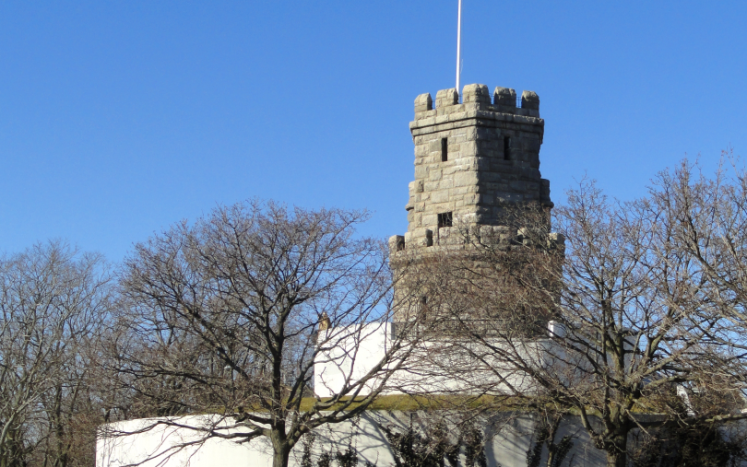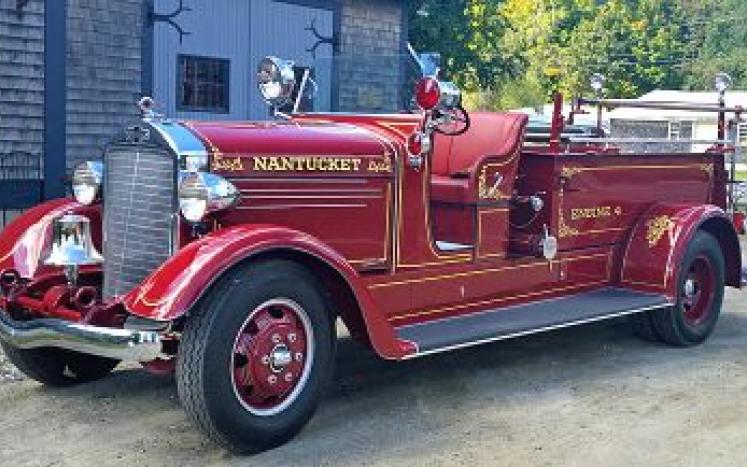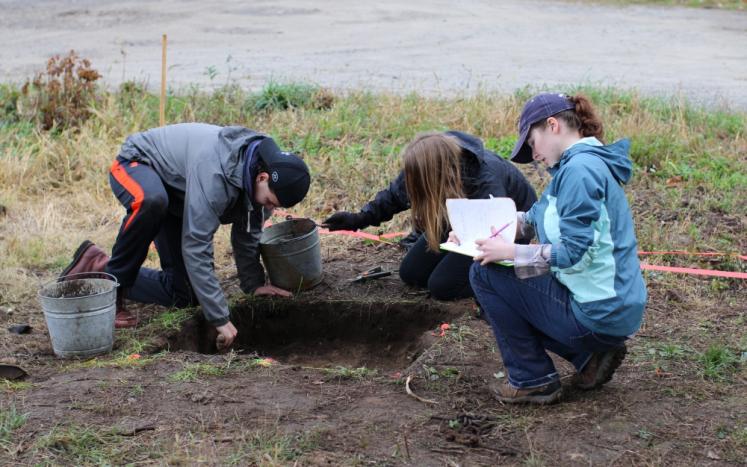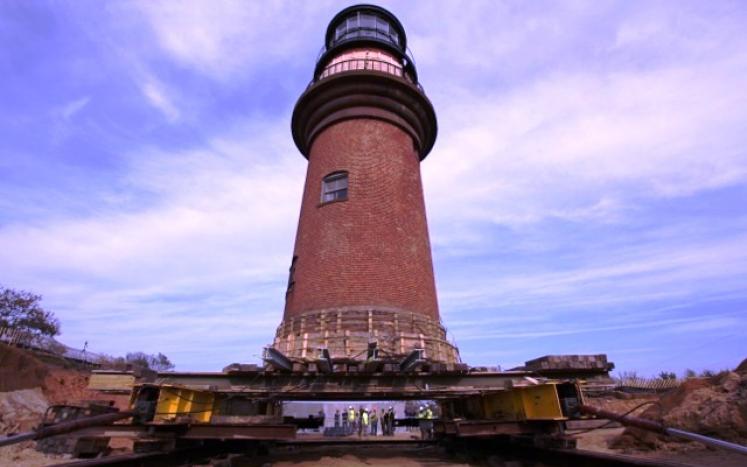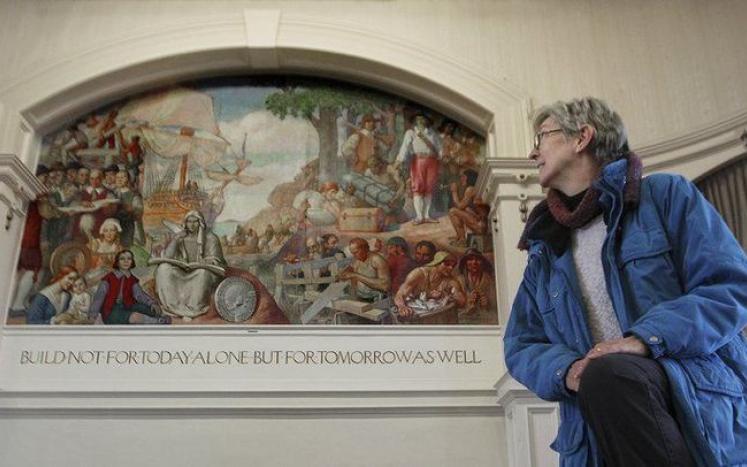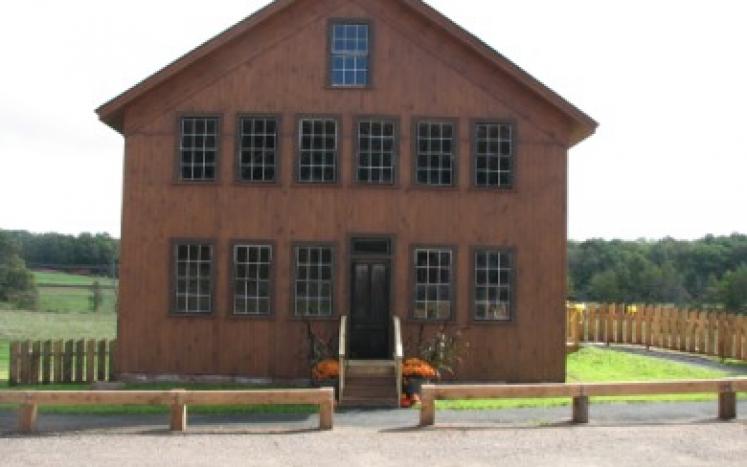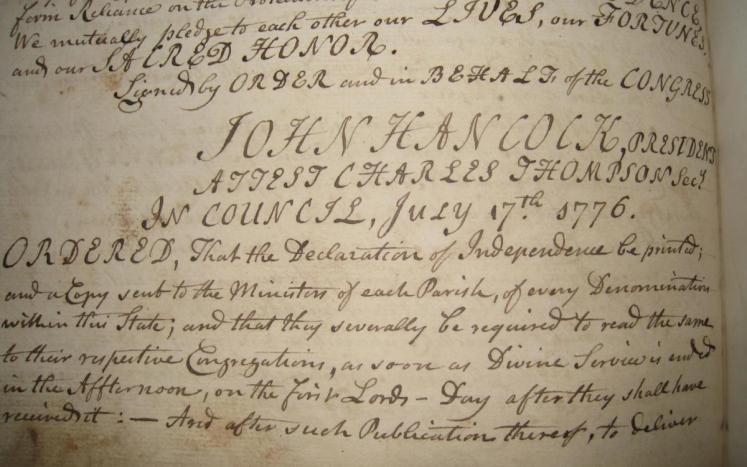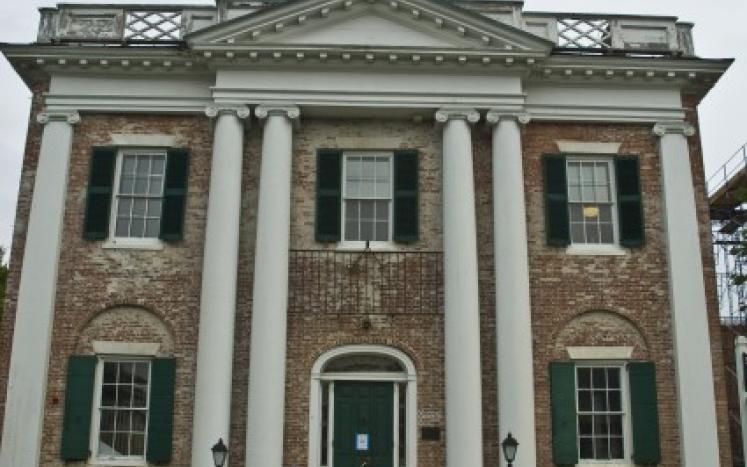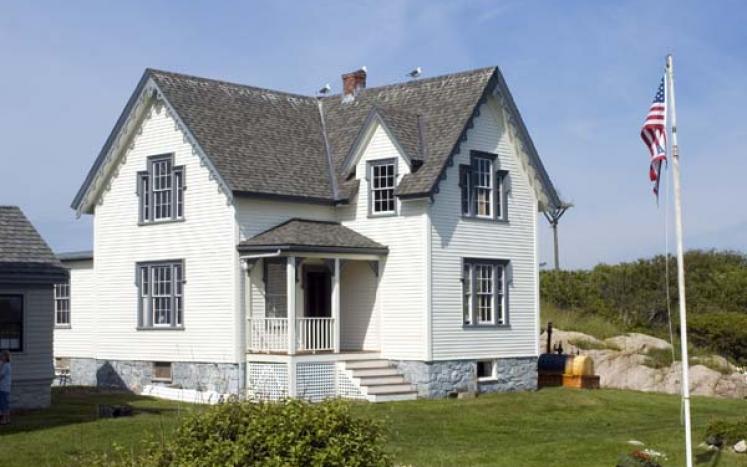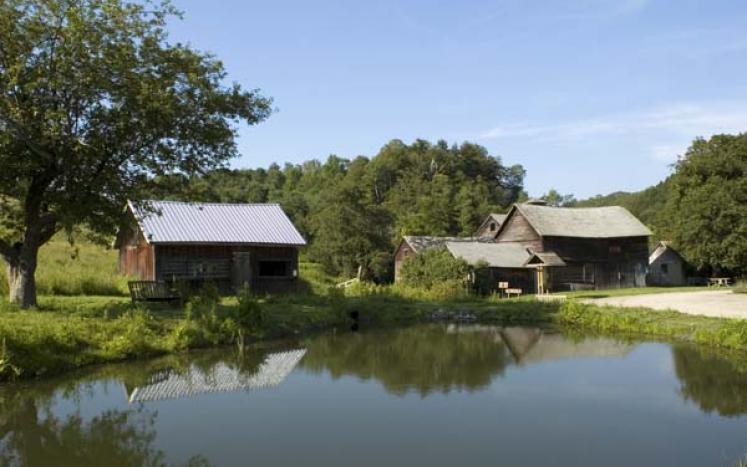Historic Preservation CPA Success Stories
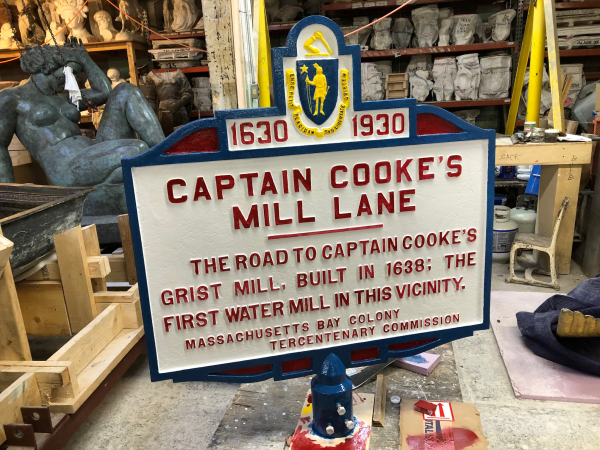 | The Tercentenary Markers - Restoring 300 Years of Massachusetts State History with CPAAcross the state of Massachusetts, in dozens of different communities, one can find the Tercentenary Markers - these humble signposts were created and installed nearly a century ago, but they perfectly encapsulate the importance of historic preservation in our Commonwealth. And as the town of Arlington has discovered, the Community Preservation Act is the perfect tool to ensure that the Tercentenary Markers continue to tell their important stories for another hundred years to come.
|
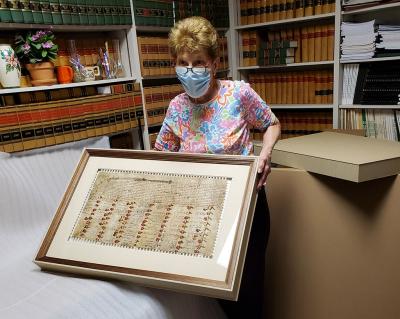 | Under Construction: Restoring the Great Deed of Billerica with CPAIn 2019, the town of Billerica realized there was a need to preserve their original articles of incorporation from the 1600's, colloquially known as The Great Deed. The Billerica Community Preservation Committee approved of CPA historic preservation funding that year, allowing the town to restore the original documents in 2020 and opening the way for the creation of facsimiles for public display.
|
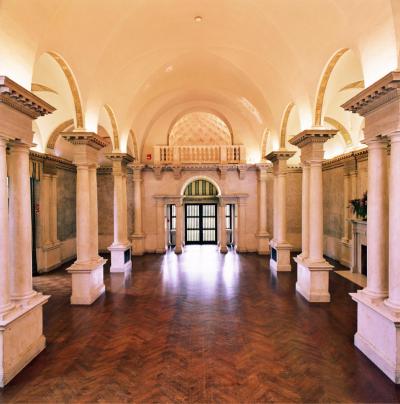 | Holyoke's Wistariahurst Museum - CPA Restoring a Cultural Centerpiece for the CommunityHolyoke’s Wistariahurst Museum, renowned for its abundance of wisteria vines planted in the 1880s, is the former family home of 19th century industrialist William Skinner, his wife Sarah, and their children. In 1959, the youngest of Skinner’s children, Katharine, donated Wistariahurst to the city of Holyoke so that the estate could serve as a local hub of culture, education, and community. Six decades later, the museum is now in need of upgrades and repairs to the manor’s outdated electrical wiring, with an estimated cost of $353,350. Thanks to a recent award from the Holyoke CPA program, one third of the project’s expenses will be directly covered, and will allow the museum to leverage additional funding to complete the repairs.
|
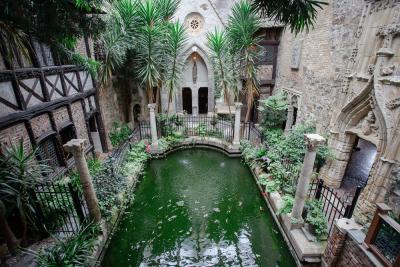 | New England's Own Seaside Castle - Preserving the Hammond Castle Clerestory in GloucesterHistoric preservation in Massachusetts takes on many forms, and common CPA projects in this category have included town halls, historic artifacts, and structures from the state’s colonial roots. But now CPA is helping to preserve a truly unique piece of architecture: Gloucester’s very own Hammond Castle.
|
 | The Ernestina-Morrissey Schooner in New Bedford - CPA Breathing Life into Maritime HistorySince its construction in 1893, the Schooner Ernestina-Morrissey has sailed under many names with many purposes, but has undoubtedly earned its place in maritime history. From its origin as a fishermen’s vessel, to remarkable Arctic expeditions, to its contemporary role as an educational vessel, the schooner received its designation as a National Historic Landmark in 1990. So when the city of New Bedford received their first slate of CPA applications in 2018, there was never any doubt how important it was to allow the Ernestina-Morrissey to set sail once again.
|
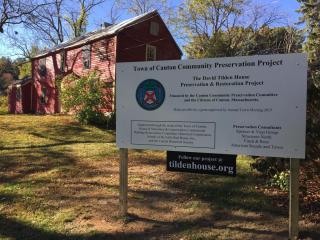 | The Tilden House in Canton - Reviving a 300-Year-Old RemnantThe David Tilden House in Canton, Massachusetts was purchased as part of a very large land acquisition program in 1970. By 1973 the house was deemed ripe for demolition. Built in 1725, with portions that were constructed even earlier, the Tilden House had fallen into disrepair. A group was formed and called the Friends of the Little Red House.
|
Preserving Southborough’s Historic Legacy: The Burnett-Garfield HouseOne of the main goals of CPA is to provide the means for cities and towns to protect their unique character and history, and the stately Burnett-Garfield House in Southborough is rich in both. Built with locally quarried stone by entrepreneur Joseph Burnett, a descendant of the town’s first settlers, this regal, 165-year-old manor is an essential piece of Southborough’s history. With the help of CPA, that history is now being preserved for generations to come. | |
Somerville Preserves Its Heritage At Prospect Hill TowerNear Union Square in Somerville stands the Prospect Hill Tower—a stalwart, granite structure that represents nearly 300 years’ worth of history for the city. A spiral stairway leads to the top of the tower, providing a panoramic view of the surrounding cityscape while an American flag waves overhead. However, due to years of deterioration standing against harsh New England winters, this historic landmark had fallen into disrepair. For the last few years, visitors have not been permitted to climb the tower for safety concerns. It was for this reason that Somerville decided to use $500,000 in CPA funds to restore the tower, preserving it for generations to come. | |
Communities Bring Historical Artifacts Back to Life with CPAMany communities are home to significant historic artifacts, but those with the Community Preservation Act are fortunate enough to have a source of funding to perform restorations of these valuable resources. We’ve picked out several projects that highlight the use of CPA funds to transform historical artifacts into unique icons for the public to enjoy. | |
Archaeology: A Unique Component of CPA FundingAlthough it is sometimes overlooked, the ability to fund archaeology projects is a unique and valuable aspect of the Community Preservation Act. While not the largest category of CPA-funded historic preservation projects - for example, only 30 archaeology projects have been funded with CPA funds, as compared to about 400 town and city hall rehabilitation projects – many communities have found that having the ability to fund such projects is a benefit. | |
Unique Island-Wide CPA Collaboration Preserves the Gay Head LighthouseA beloved landmark for the island communities of Martha's Vineyard, the iconic Gay Head Light was dangerously close to the edge of the eroding cliff it has stood on for 158 years.Sitting only 43 feet from the edge of the bluff, the lighthouse was listed as one of America’s 11 Most Endangered Historic Places in 2013. Now it has been saved through the hard work of residents and a unique case of Island-wide CPA collaboration. | |
CPA Funds Classic Art Restoration Projects Across the CommonwealthThe Community Preservation Act (CPA) allows communities to set aside funds to pay for projects that might not otherwise be covered in municipal budgets. While most communities do their best to be good stewards of historic resources, without CPA it's difficult to find the funds necessary to restore important works of art. Read on to learn more about how Gloucester and other CPA communities are using their CPA funds to rejuvenate and preserve municipal works of art. | |
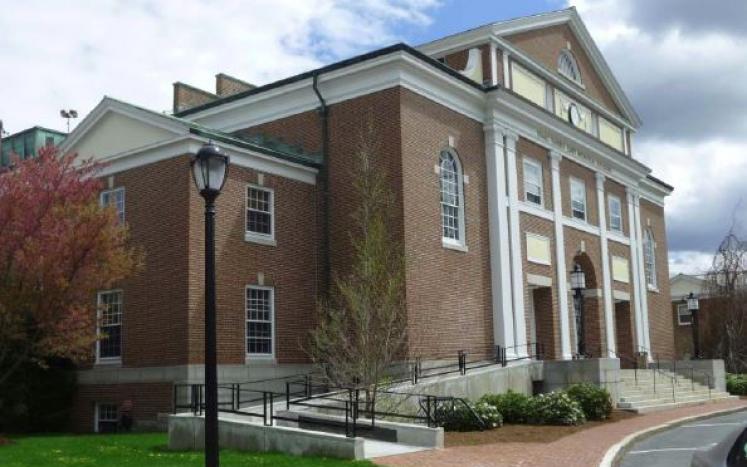 | With CPA, Lexington Restores The Historic Cary Building, Keeps 86-Year PromiseIn 1928, the people of Lexington made a promise to keep their brand new Isaac Harris Cary Memorial Building a vibrant and well-maintained centerpiece of their town. During the building’s dedication, the then President of the Trustee’s Robert P. Clapp proclaimed that the building is for “the inhabitants of Lexington, for whose benefit it is has been erected.” |
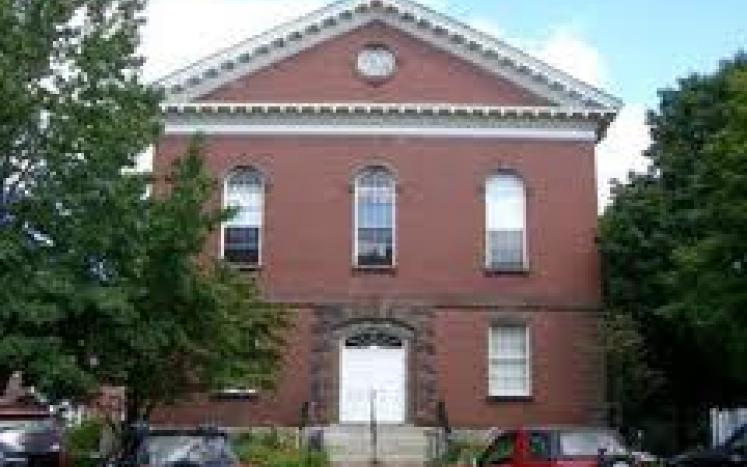 | After 150 Years, Concord's Town House Gets A Much Needed RestorationIn 2012 the Town of Concord began a two-year, CPA-funded project to restore their historic Town House. The Italianate-style structure, located at 22 Monument Square, was built in 1851 in the midst of a thriving agriculture and urban market economy fueled by the expanse of railroads during that time period. |
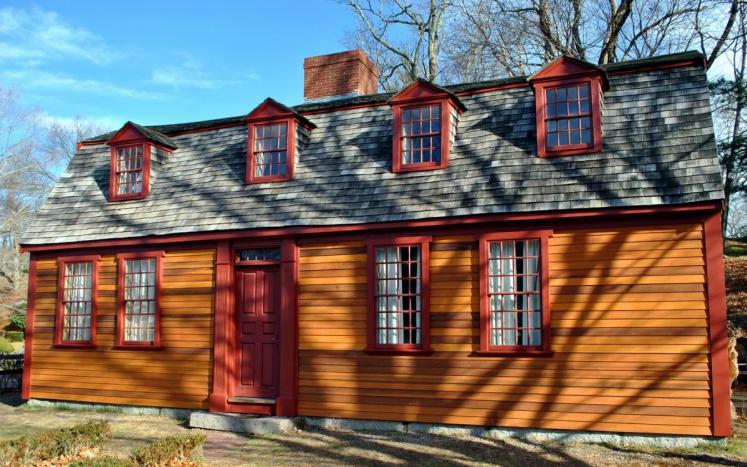 | Preserving Abigail Adams’s Birthplace: CPA helps rescue Weymouth’s “Hidden Gem”The first lady and wife of the nation’s second president, Abigail Adams was born and raised in a two-story saltbox-style home in North Weymouth. Until recently, the future of this historic site, museum and national treasure was in question due to its diminishing condition. |
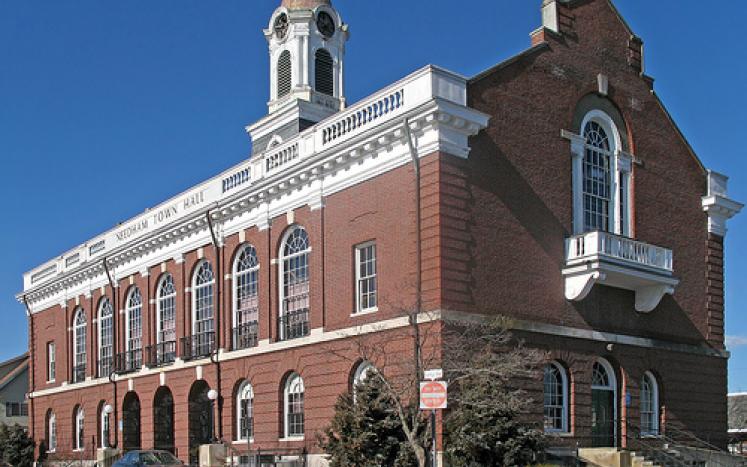 | Needham Town Hall: Largest CPA Project Ever Tackles Complex Financing Issues on Path to RehabilitationThe largest appropriation of CPA funds for a single project was recently approved by residents of Needham. At Town Meeting in May, residents gave their stamp of approval to the recommendation of the Community Preservation Committee (CPC) to restore Needham Town Hall, using $15 million in CPA funds. |
Gillett Cigar Factory, SouthwickWith the help of CPA funds and a group of determined local preservationists, the town of Southwick succeeded in a race against the clock to save what is probably the last surviving cigar factory in the Connecticut River Valley. Although it was in very good condition structurally, the building was scheduled for demolition to make way for a new pharmacy. With a grant from the local CPA fund, the building was carefully dismantled piece-by-piece and moved just down the road. In its new location on Southwick Historical Society property, the preserved factory joins the 1750’s-era Moore house to create a new heritage tourism destination – the Southwick History Museum. | |
Declaration of Independence, MendonIn March 2009, Mendon Town Meeting approved the appropriation of $80,000 of CPA funds to resolve humidity and drainage problems in the vault where records, which date to the 17th century and include a copy of the Declaration of Independence, are stored. | |
Historic Library Preservation, LenoxThe historic Lenox library (on the National Register of Historic Places) was owned by a private library association which began to experience severe financial trouble just as the town voted to adopt CPA. | |
Thacher Island Preservation Project, RockportThacher Island, with its twin 19th century granite lighthouses, is a National Historic Landmark – one of fewer than 2,400 in the nation. | |
Preservation of 839 acres abutting old Sturbridge Village, SturbridgeMeasured by acres, this $3.8 million land purchase, split between the town and the Massachusetts Division of Fisheries and Wildlife, is the largest open space acquisition on record in the Commonwealth using Community Preservation Act funds. |



